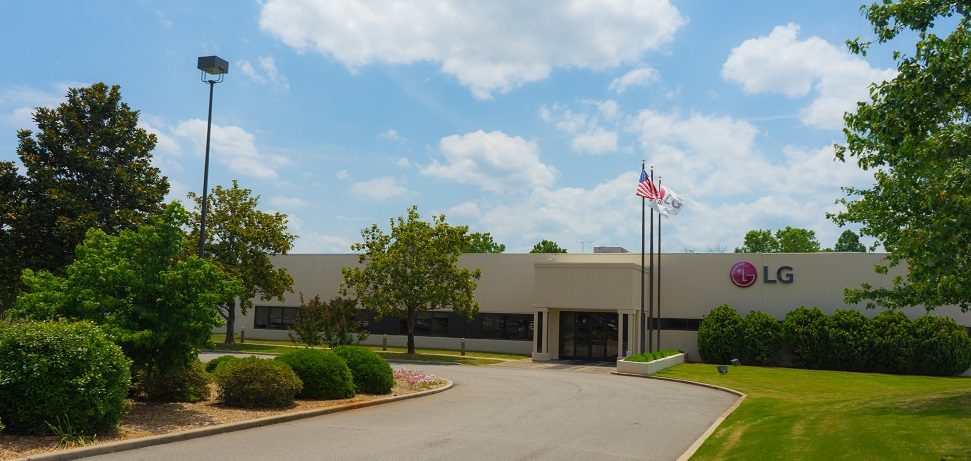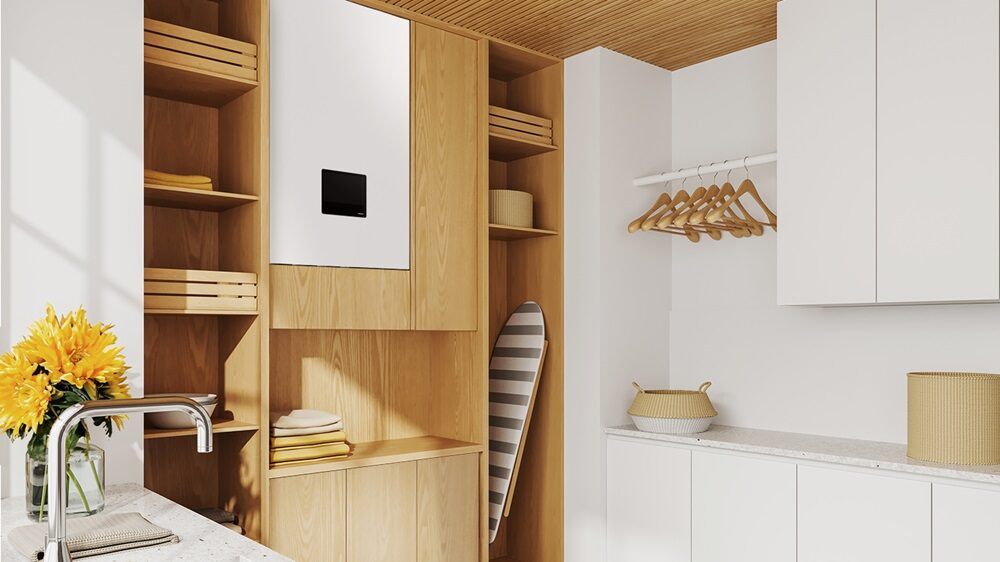Despite the unpopularity of the Section 201 tariffs, they appear to have driven yet another solar panel manufacturing announcement, this time 500 MW in Alabama. This now brings the total to over 4 GW of new module manufacturing announcements over the course of the last six months, in at least six new factories.*
As the latest, LG Electronics has announced plans for a new solar module assembly plant in Alabama. The company is investing $28 million to establish two new module production lines on its 48-acre campus in Huntsville, where the company has had operations for four decades.
John I. Taylor, Senior Vice President, LG Electronics USA says of the new facility:
LG Solar in Huntsville will be a highly-automated factory for assembly of PV modules for the U.S. market. Cell production remains at LG solar facilities in Gumi, South Korea.
The new manufacturing is expected to create about 160 new full-time jobs and the beginning of operations is scheduled for early 2019. Alabama Governor Kay Ivey praised the announcement, stating that this is “a major milestone both for Alabama and the company.”
The factory will assemble LG’s NeON 2 60-cell module, a 340 Watt n-type monosilicon module, which offers 19.8% efficiency.

The panel’s very high efficiency comes in part from its Cello technology. Instead of the historical norm of several wide busbars, the company has moved into super-thin round copper wire interconnection. This causes less reflection of sunlight away from the solar cell, first by simply being thinner and secondly by reflecting light in many different angles versus directly back to the sun. A number of other manufacturers have unveiled products using copper wire interconnection technology, and this also follows a trend of more and thinner busbars that can be seen across the solar panel manufacturing industry.

A second benefit of the thin busbars – and one very much demanded in the high-aesthetic residential market – is that the front side of the solar panel is very black, keeping curb side appeal up.
Taylor (updated 4:08 PM EST) spoke with pv magazine by email to clarify a few technical details. Initially, the facility will manufacture only 340W modules, other modules may be added after the factory launch. The company said it was too soon to answer whether the back sheets would be white or black in these modules.
Research suggests 40% of us consider the looks of solar panels first.
The degree to which this factory can be attributed solely to the Section 201 tariffs is unclear. All of the other large manufacturers who pv magazine spoke with have cited the reduction in the corporate tax rate through last fall’s tax reform process as a critical factor, addition to the tariff, enabling them to establish U.S. manufacturing.
*Editor’s note: The facilities and manufacturers are: Hanwha Q Cells 1.6 GW/year of manufacturing capacity, First Solar – 1.2 GW, LG Electronics 500 MW, Jinko Solar 400 MW, Mission Solar 200 MW and SolarTech Universal 180 MW. Additionally, Solaria and SunPower have announced U.S. manufacturing plans – but Solaria’s plans aren’t finalized and SunPower is still in the process of buying SolarWorld Americas’ Oregon factory.
This content is protected by copyright and may not be reused. If you want to cooperate with us and would like to reuse some of our content, please contact: editors@pv-magazine.com.



4 comments
By submitting this form you agree to pv magazine using your data for the purposes of publishing your comment.
Your personal data will only be disclosed or otherwise transmitted to third parties for the purposes of spam filtering or if this is necessary for technical maintenance of the website. Any other transfer to third parties will not take place unless this is justified on the basis of applicable data protection regulations or if pv magazine is legally obliged to do so.
You may revoke this consent at any time with effect for the future, in which case your personal data will be deleted immediately. Otherwise, your data will be deleted if pv magazine has processed your request or the purpose of data storage is fulfilled.
Further information on data privacy can be found in our Data Protection Policy.